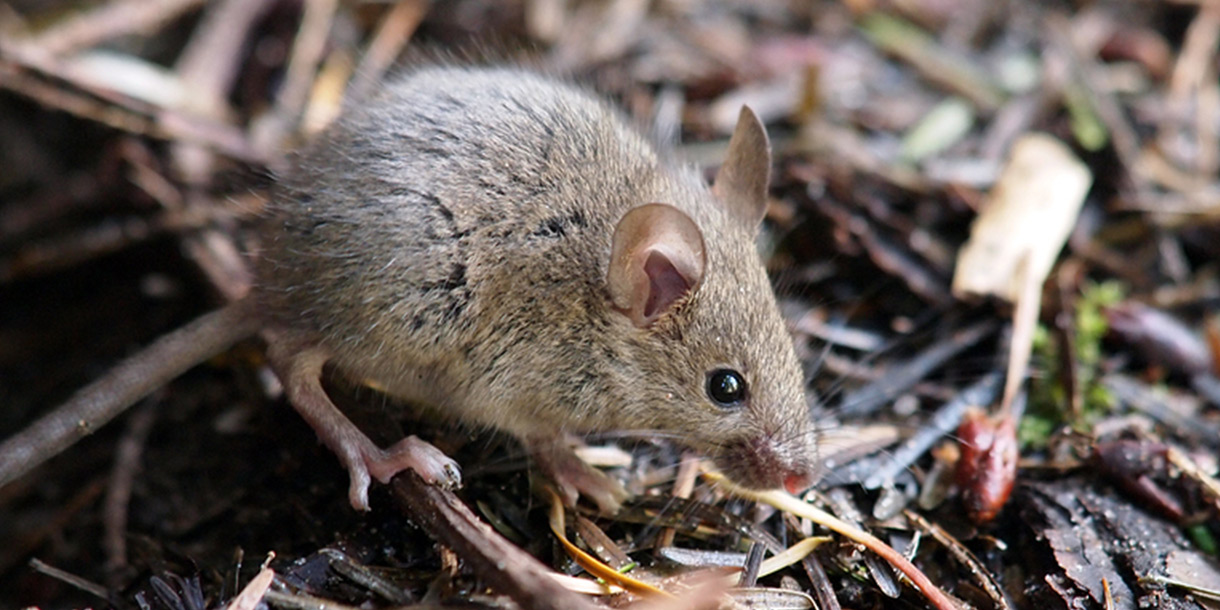
About The Pest
The house mouse is the most successful and most prevalent mammal on the planet. It can breed rapidly and quickly adapt to changing conditions. In fact, a female can give birth to a half dozen babies every three weeks, and can produce up to 35 young per year. They prefer to eat seeds and insects, but will eat most anything – including toothpaste and soap. They are excellent climbers, able to reach heights up to 30 ft. or more. They can detect movement from great distances, however, they are color blind and cannot see clearly beyond six inches. House mice live in structures, but they can also survive outdoors. House mice prefer to nest in dark, secluded areas and often build nests out of paper products, cotton, packing materials, wall insulation and fabrics. Water is not necessary for their survival – they can derive water from their food. Their droppings can contain Salmonella, and their urine can cause diseases and allergies. Like all rodents, house mice love to chew and gnaw on structural materials including, electrical wiring, which can short circuits, damage to vehicle wiring, and house fires. House mice are also known to carry fleas, mites, ticks and lice into structures.
Seasonality
The Common House Mouse is a year-round pest.
